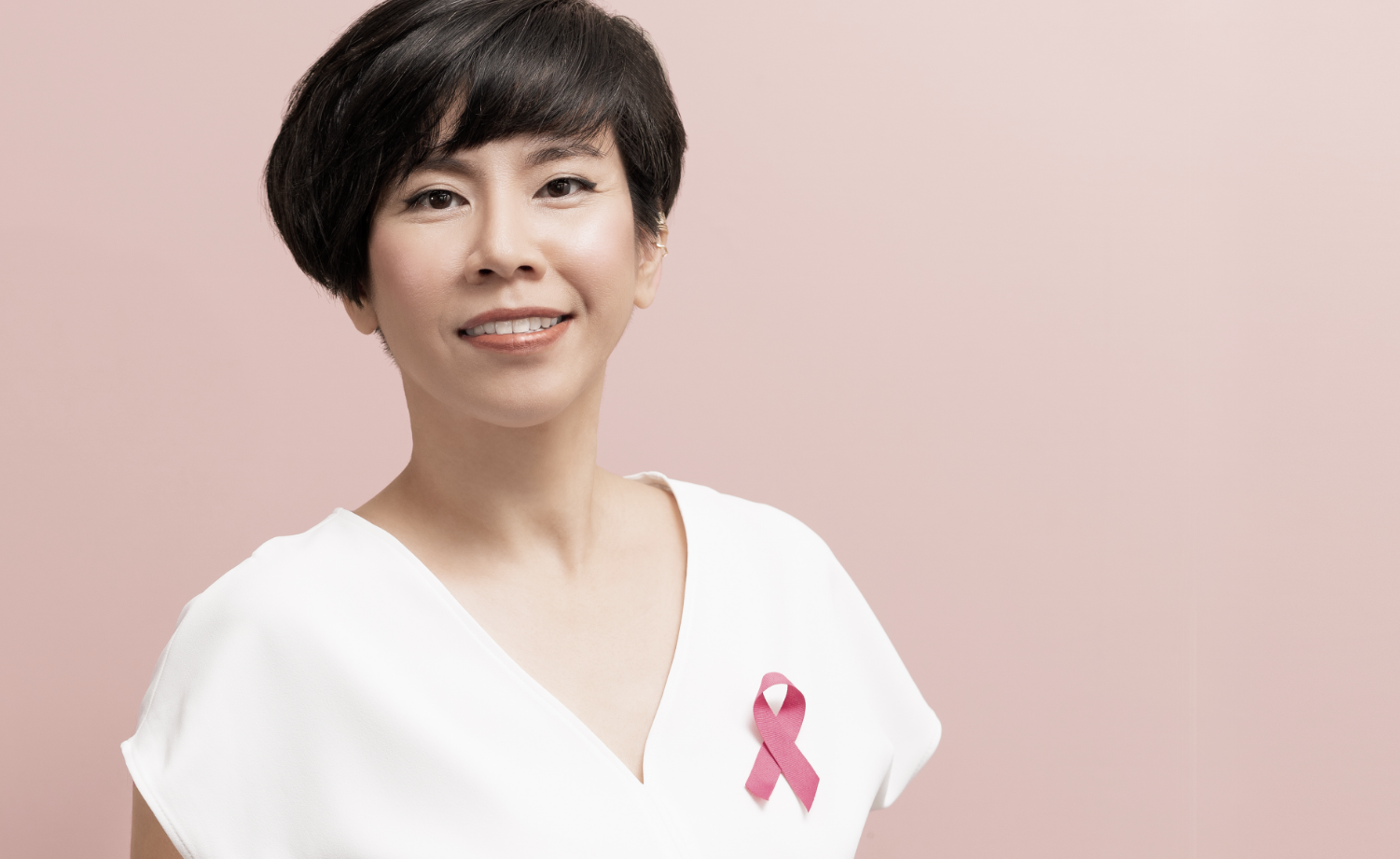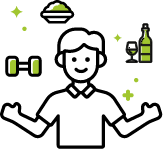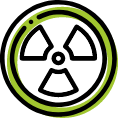Breast cancer is a type of cancer which starts in the breast. The cells in the breast begin to grow out of control, forming a tumour which most of the time can be felt as a lump1.

Don’t wait. Get checked for cancer today.


About Breast Cancer
Breast Cancer Statistics2,3
It’s the most common cancer in Malaysia, accounting for
32.9%
of all cancer among females2.
Approximately
8,400
new cases were diagnosed in 20202.
48%
of breast cancers are diagnosed in advanced stages3.
Like most cancers, breast cancer patients have a better survival rate when the cancer is detected and diagnosed at the early stage4.
Risk Factors5,6,7
Here are some of the factors that may increase your risk of developing breast cancer:

Increased age

Lifestyle (adult weight gain, sedentary lifestyle, alcohol consumption, high fat diet)

Genetic predisposition (BRCA1/2 gene mutation)

Reproductive history (early menarche or late menopause)

Family history of breast cancer

Increased hormone from use of hormone replacement therapy or oral contraceptive

Personal history of breast cancer

Dense breast tissue

Exposure to radiation
Signs and Symptoms8
Different people may show different symptoms of breast cancer, while some may not show any signs or symptoms at all. But here are some warning signs you can look out for through regular breast self-examination:

Lump in the breast or underarm

Nipple discharge other than breast milk, including blood

Thickening or swelling on part of the breast

Pulling in of the nipple

Irritation or dimpling of breast skin

Any change in the shape or size of the breast

Redness or flaky skin around the nipple area

Pain in any area of the breast, including the nipple area
Kindly discuss with your healthcare professional if you notice any of these signs or symptoms.
Download a cancer screening voucher
Breast Cancer Screening9, 10
When it comes to breast cancer, regular screening is important for early detection, especially for individuals who have no signs and symptoms of the disease. Here are different methods of screening:
- Clinical breast examination
- Screening mammograms. Uses X-ray at lower doses to produce images of the breast4.
The Malaysian Clinical Practice Guideline for breast cancer recommends screening mammography* for women who meet the following conditions11:
- Every two years for women aged between 50 to 74 years
- For women at high risk of breast cancer without known genetic variant, consider screening mammography from 30-39, annual screening if aged between 40 to 59 and every two years from 60 onwards.
- For carriers with genetic predisposition, annual magnetic resonance imaging should be offered from 30-49 years of age, annual mammography from 40-69 and every two years from 70 onwards.
*Kindly discuss with your healthcare professional for more information on mammogram screening.
Diagnosing Breast Cancer9, 10
When breast cancer is suspected, diagnosis will be performed by:

Imaging
- Ultrasound. Uses sound waves to create a picture of the breast tissue.
- MRI. Uses magnetic fields to produce detailed images of the body. A dye is injected beforehand to produce a clearer image.
- Diagnostic mammography

Biopsy
The removal of a small amount of tissue for examination under a microscope.

Histopathology
The examination of tissues and/or cells obtained from biopsy or surgery by a pathologist.

Biomarker test
Laboratory test to determine the molecular subtype or genetic abnormalities associated with the cancer, which may be used to help guide treatment selection.
Remember, early detection is key in our battle against cancer.
So, don’t wait.
References:
1. American Cancer Society. What is breast cancer? Available at https://www.cancer.org/cancer/breast-cancer/about/what-is-breast-cancer.html. Last accessed 2 August 2021.
2. World Health Organization. Globocan 2018 Malaysia. Available at https://gco.iarc.fr/today/data/factsheets/populations/458-malaysia-fact-sheets.pdf. Last accessed 5 July 2021.
3. Ministry of Health. Malaysian National Cancer Registry Report (2012 – 2016). Available at https://www.moh.gov.my/moh/resources/Penerbitan/Laporan/Umum/2012-2016%20(MNCRR)/MNCR_2012-2016_FINAL_(PUBLISHED_2019).pdf. Last accessed 5 July 2021.
4. American Cancer Society. Survival Rate for Breast Cancer. Available at https://www.cancer.org/cancer/breast-cancer/understanding-a-breast-cancer-diagnosis/breast-cancer-survival-rates.html. Last accessed 21 July 2021.
5. CDC. What are the risks for breast cancer? Available at https://www.cdc.gov/cancer/breast/basic_info/risk_factors.html. Last accessed 5 July 2021.
6. American Cancer Society. Breast cancer risk factors you cannot change. Available at https://www.cancer.org/cancer/breast-cancer/risk-and-prevention/breast-cancer-risk-factors-you-cannot-change.html. Last accessed 23 July 2021.
7. Stopeck A, et al. Available at: http://emedicine.medscape.com/article/1947145-overview. Last accessed 29 July 2021.
8. CDC. What are the symptoms of breast cancer? Available at https://www.cdc.gov/cancer/breast/basic_info/symptoms.html. Last accessed 5 July 2021.
9. Cancer.net. Breast cancer: Diagnosis. Available at https://www.cancer.net/cancer-types/breast-cancer/diagnosis. Last accessed 5 July 2021.
10. American Cancer Society. Breast Cancer Early Detection and Diagnosis. Available at https://www.cancer.org/cancer/breast-cancer/screening-tests-and-early-detection.html. Last accessed 23 July 2021.
11. Ministry of Health. Clinical Practice Guideline 2019 – Management of Breast Cancer (third edition). Available at https://www2.moh.gov.my/moh/resources/Penerbitan/CPG/
Kanser/Breast%20Cancer/CPG_Management_of_Breast_Cancer_
(Third_Edition)_130720.pdf. Last accessed 21 July 2021.
Disclaimer
To learn if you are at-risk, contact 1-800-88-1000 For more information about hospitals: help@cancer.org.my
This site is intended for people at-risk of or living with cancer and members of the general public.
Date of preparation: September 2021 Please contact your doctor for advice if you are at all worried about any symptoms (or your medication).
About New Normal Same Cancer
New Normal, Same Cancer is an initiative that hopes to support and inspire all of us to prioritise our health as we battle with cancer amidst the pandemic.


